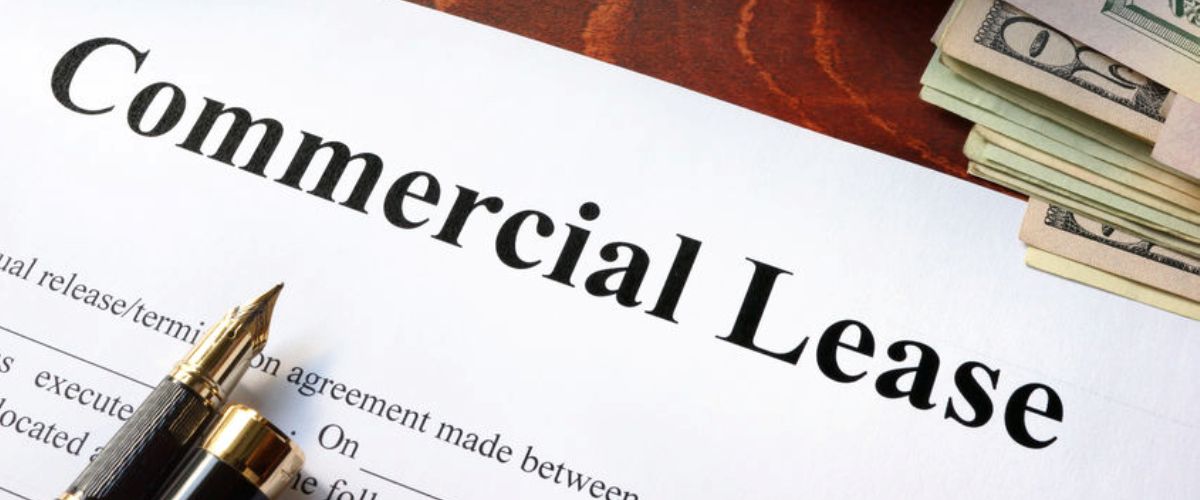As the Covid pandemic begins to taper off, the CRE industry is ready to get back to work and take advantage of the underlying strong economy.
There are of course distressed real estate sectors caused by the pandemic like hotels, struggling malls and blue city apartments and office buildings. However, this is an excellent time to invest in these and other areas of CRE to take advantage of the distressed assets with historically low prices and the potential for significant increases in occupancy, revenue, and cash flow.
Here are five post Covid investment strategies:
1. Acquire Deeply Discounted Hotels In Suburban Markets
The hotel market has been hurt more than any other property type, by the pandemic with significant declines in occupancy, RevPAR, and cash flow. Most hotels are operating at 40% occupancy and for an asset that has high fixed costs, this is unsustainable for long periods of time. Many hotels will close permanently like the New York Hilton in Times Square, while the majority will limp along or be foreclosed by the lender until the economy recovers. However, this represents a great opportunity for hotel owner/operators to acquire these hotels at deep discounts. It is recommended that investors focus on hotels in suburban markets with national franchises and close to airports that will benefit from the return of business travel. At 40% occupancy most hotels lose money, but, as the economy improves and the deferred demand from business and leisure travel kicks in, the properties should see tremendous increases in net operating income and cash flow.
2. Sell CRE Apartments And Office Buildings In Blue Cities; Reinvest In Red Cities
It is recommended that investors sell apartments and office buildings in these markets and reinvest the proceeds in red states and cities and in select suburban markets that surround blue cities. Per Real Capital Analytics, distressed sales of office and apartments during Q2-20 totaled 18 deals worth over $403 million. This will be just the tip of the iceberg as distressed sales will increase significantly during the next six to twelve months. It is expected that a diversified portfolio of CRE assets in red states and cities to outperform a similar portfolio in blue states during the next ten years.
3. Acquire Deeply Discounted Mall Assets For Repurposing
The distress in the retail sector has been amplified by the pandemic and many retail experts expect 15,000 stores to close in 2020. This is up from 10,000 closures in 2019. However, there is a burgeoning CRE industry in buying old, dilapidated, and distressed retail malls and repositioning them with hotels, industrial space, bowling alleys, food courts, pop-up drive inns, medical tenants (see the article on the growth of medical retail) and residential space. There have been numerous examples around the country of CRE firms acquiring old malls and power centers at deeply discounted prices of $20-$50 per square foot, closing 50% or more of the retail space and converting the vacant space to other uses as shown above. There are very few firms around the country that have the CRE investment and development expertise to complete these types of deals which require a change in the “highest and best use” of the asset. Although these projects have high risk and are difficult to finance, they can produce substantial investment returns.
4. Develop Suburban Office Buildings Around Blue Cities
The flight of individuals and businesses from blue cities is real and one of the prime beneficiaries will be suburban office markets that ring these blue urban locations. The suburban office building market nationally had been fairly anemic pre-Covid, with vacancy rates over 12% and slow rent growth. Many suburban markets are littered with 1980s and 1990s vintage office buildings that never attained an occupancy above 85%. However, in a post Covid world, this metric will turn around with a substantial increase in demand for suburban office product. Currently, the bright spot is suburban Class A office which saw an addition of 3.9 million square feet (aided largely by flight to quality and expansion into new campuses) and an increase of .3% in average rents to $32.15 per square foot. During the first half of 2020, the U.S. office market per Jones Lang Lasalle, recorded 14 million square feet of occupancy losses, bringing the net absorption to a negative 8.4 million square feet, or -0.2% of inventory. The blue cities of New York City and San Francisco, which have seen substantial out migration of companies and residents, were responsible for 26.7% of all net occupancy losses in the second quarter. Sublease space rose by 10.6% and 5.2 million square feet to a mammoth 61 million square feet nationally. Developers of office buildings should shift their focus to blue and red state suburban areas as demand for quality office space will surge.
5. Sell Urban High-Rise Apartment Buildings; Reinvest In Suburban Garden Apartments
The out-migration of renters from high priced blue cities that are technology centric is a permanent structural change for the rental markets in the U.S. According to Yardi Matrix, YoY rent growth through August 2020 has declined -5.5% in San Jose, -5.1% in San Francisco, -1.0% in Portland, -2.1% in Los Angeles and -1.8% in Washington D.C. Forecasted rent growth for these same cities for the rest of 2020 will decline further and substantially. If you are a millennial tech worker and can work from home, why would you spend $3,500 per month for a one-bedroom apartment in San Francisco, if you could rent an apartment in Lake Tahoe or Reno, NV, for $1,200 per month? Even though apartment metrics will further deteriorate in these urban wastelands, demand will surge in suburban markets that surround these areas. One of the most over-priced CRE assets during the last few years has been new urban high-rise apartments that were trading at sub-4.0% cap rates in many core markets. Owners of these assets should sell them before they fully realize a decline in net operating income and higher cap rates.
Source: GlobeSt.





